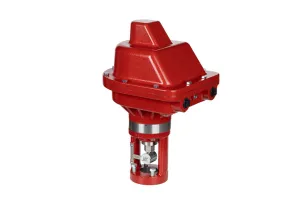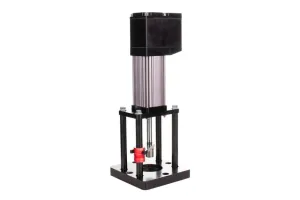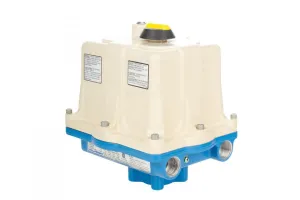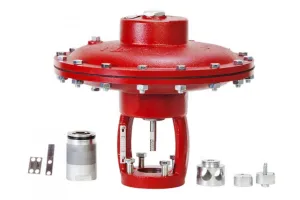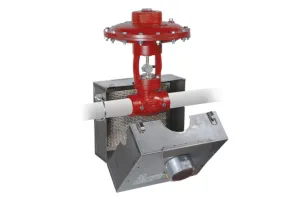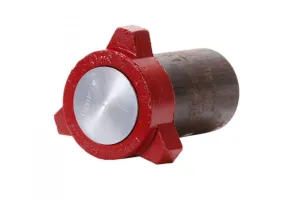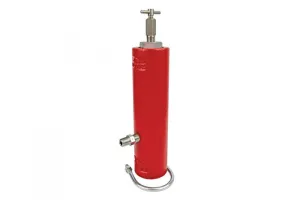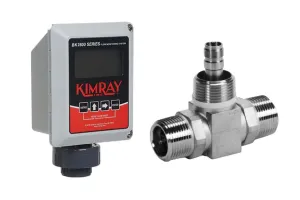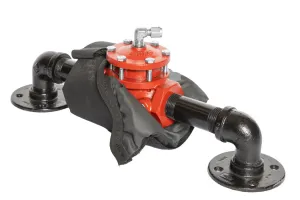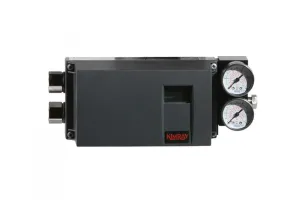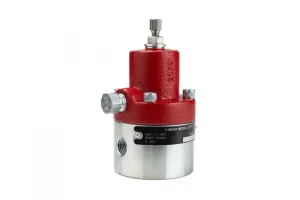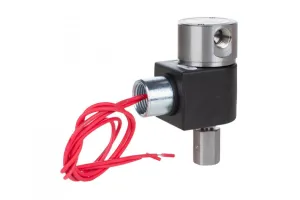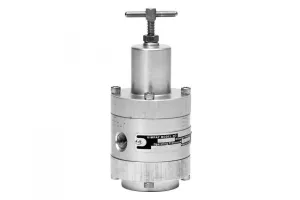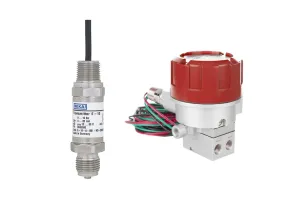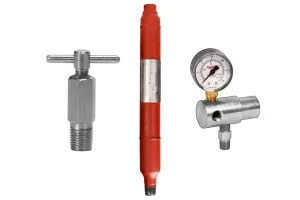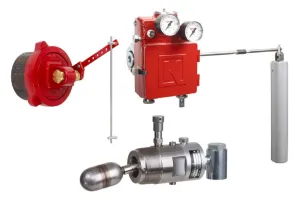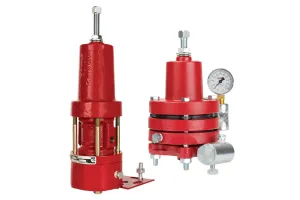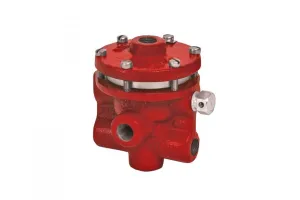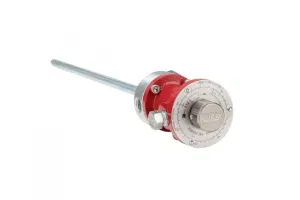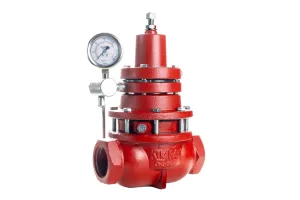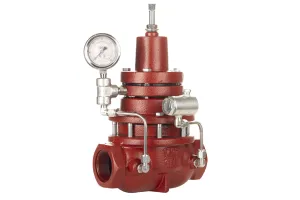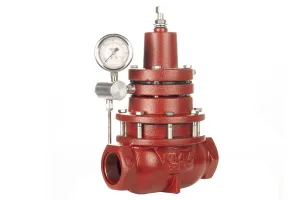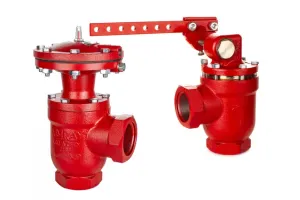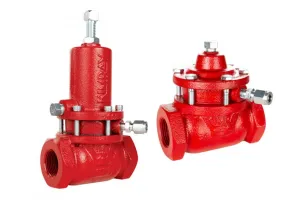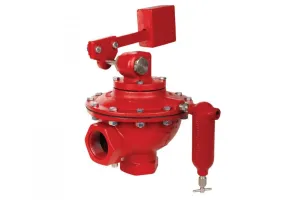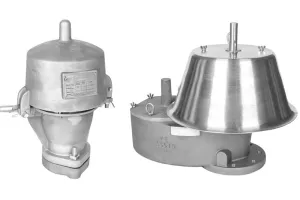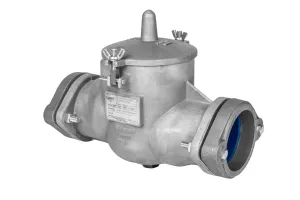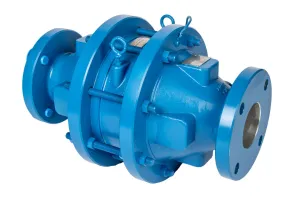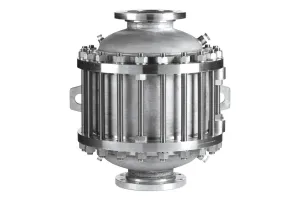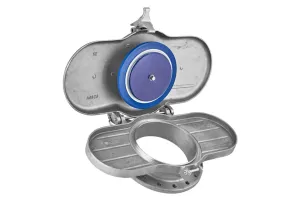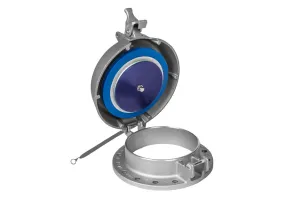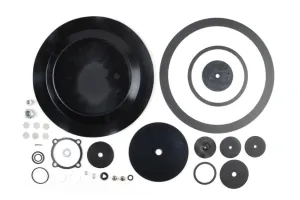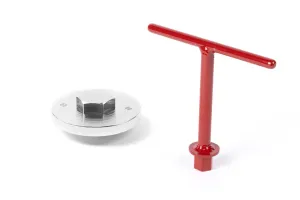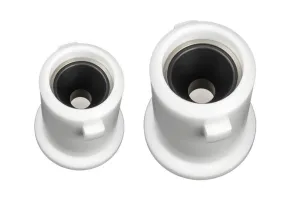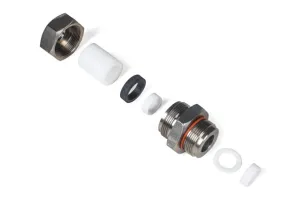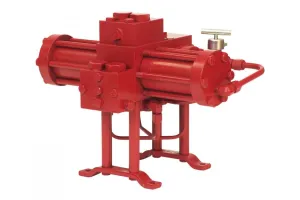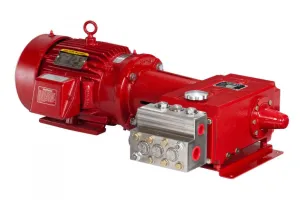
Glycol dehydration is a method of removing water from natural gas. When gas comes to the surface it contains some element of water. This gas/water mixture—often referred to as “wet gas”—can cause a variety of problems for downstream gas production processes, measurement, and equipment.
Introducing Glycol into the mixture traps the water embedded in natural gas. Furthermore, glycol dehydration system’s design is to heat wet gas and glycol. Then the heat boils out the water and “dry out” the natural gas. Additionally, a typical dehydration set up consists of fluid drums, glycol pumps, condensers, tanks, and a reboiler. This is set at around 400°F to facilitate the boiling out of the water.
Kimray offers a line of Glycol Pumps and Low-Pressure Valves that help you control dehydration:
Energy Exchange Glycol Pump
Kimray’s Energy Exchange Glycol Pump provides efficient, effective, low-maintenance recirculation of glycol in your dehydration system.
Electric Glycol Pump
Kimray’s Electric Glycol Pump offers the high-pressure capabilities of a piston pump with the durability of a diaphragm pump. As a result, there is zero-emission recirculation of glycol in your dehydration system. It operates by combining a diaphragm pump and a positive displacement pump. Additionally, this is encased in its own hydraulic oil. Then it uses that hydraulic oil to energize the backside of the diaphragms, moves the glycol through.
E-LO Control Valve
The Kimray E-LO Control Valve is a state-of-the-art technology that provides precise valve regulation for flow control. The E-LO allows an external analog or discrete signal. Also, it features an RTD option which provides accurate, zero-emission, low-pressure regulation.
